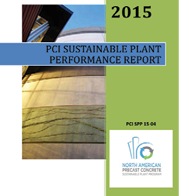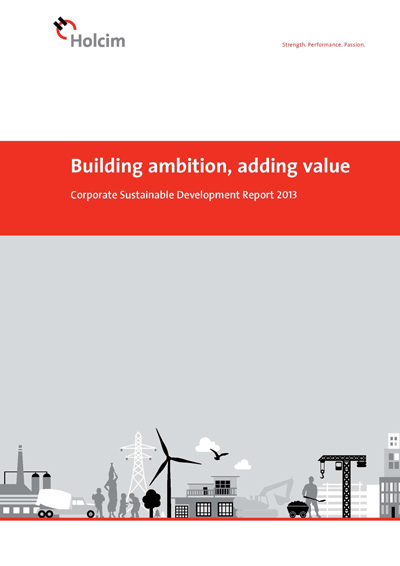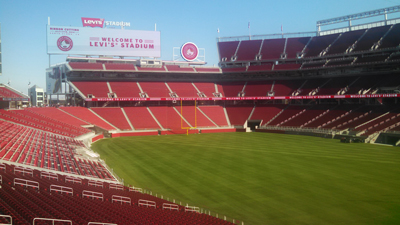Backed by the Precast/Prestressed Concrete Institute, Canadian Precast/Prestressed Concrete Institute and National Precast Concrete Association, the North American Precast Concrete Sustainable Plant Program (NAPCSPP) has yielded its first full-year energy, materials and transportation data benchmarks. PCI’s inaugural Sustainable Plant Program Performance Report presents results in carbon dioxide equivalent (global warming potential), total primary energy and water consumption categories.
Read MoreTag: carbon dioxide
Paying attention to the carbon footprint behind the wood curtain
“Determining the Carbon Footprint of Wood” (PCA R&D 3287) is a valuable work based on Portland Cement Association-sponsored research. The timely report tracks trees and forests’ carbon dioxide-sequestering capacity, one of the value propositions wood building product interests channel to green-building practitioners; paints rationale for the wood industry to document carbon accounting methods transparently, especially when product is not sourced from a sustainably managed forest; and, helps cast-in-place concrete, precast and masonry construction practitioners respond to competitors’ claims of environmental mettle.
Read MoreHolcim improves safety, carbon, water metrics
Holcim Group’s 2013 Corporate Sustainability Report details ongoing activities in sustainable development and discloses data on a number of key sustainability performance indicators. “Reflecting our vision to provide foundations for society’s future sustainable environmental performance and corporate responsibility are firm parts of Holcim’s business strategy,” notes CEO Bernard Fontana. “This mindset has also been part of the foundation of our Holcim Leadership Journey and the performance indicators we release with the report confirm that we are making further progress in reaching our sustainability targets.”
Read More49ers score big with low-carbon footprint facility
The San Francisco 49ers are kicking off the 2014-15 NFL season at a new sustainable stadium thanks in part to West Sacramento-based Clark Pacific as well as Central Concrete Supply Co., a subsidiary of U.S. Concrete. Levi’s Stadium, located in Santa Clara, Calif., is the first LEED Gold certified NFL stadium.
Read MorePRODUCERS – August 2014
Ernest Maier has added the CarbonCure technology to its Maryland concrete masonry operation, and is poised to be the first Washington, D.C., market operator to issue Environmental Product Declarations and Health Product Declarations for block. An EPD covering CMU processed with a carbon dioxide-based curing system will time with the ongoing implementation of the District of Columbia’s Green Building Act, the first local law requiring new, private buildings to meet LEED rating system standards. EPD will especially factor into projects for which certification under the new LEED v4 is targeted.
Read MoreGraniterock adds carbon footprint savings calculator to iPhone app
The Construction Calculators Version 4.2 app enables architects and contractors to gauge carbon dioxide emissions reduction when using supplementary cementitious materials to offset portland cement in concrete mix designs. The just-released update builds on one of the industry’s first mobile device-geared software products, launched in 2011, for estimating a project’s ready mixed and aggregate requirements.
Read MoreBuilding Trades raise red flag on proposed EPA carbon dioxide regulations
Responding last month to the Environmental Protection Agency’s proposal to curb existing power plant carbon dioxide emissions (2005 levels) nearly one-third over the next 15 years, AFL-CIO Building and Construction Trades Department Sean McGarvey reviewed implications:
Read MoreCSHub Investments’ Ripple Effect
A new roadmap shows how European Union cement interests, with much customer assistance, can clip carbon dioxide output from 1990 levels by 80 percent at mid-century. The ambitious goal fits the European Cement Association, based in Brussels—ground zero of carbon trading schemes, voluntary initiatives and regulatory pursuits aimed at net CO2 emissions reduction across the business and consumer landscape. It hinges on improvements in fuel- and energy-intensive cement milling, coupled with promotion of the energy or fuel efficiency inherent in concrete building and transportation slabs or structures.
Read More


